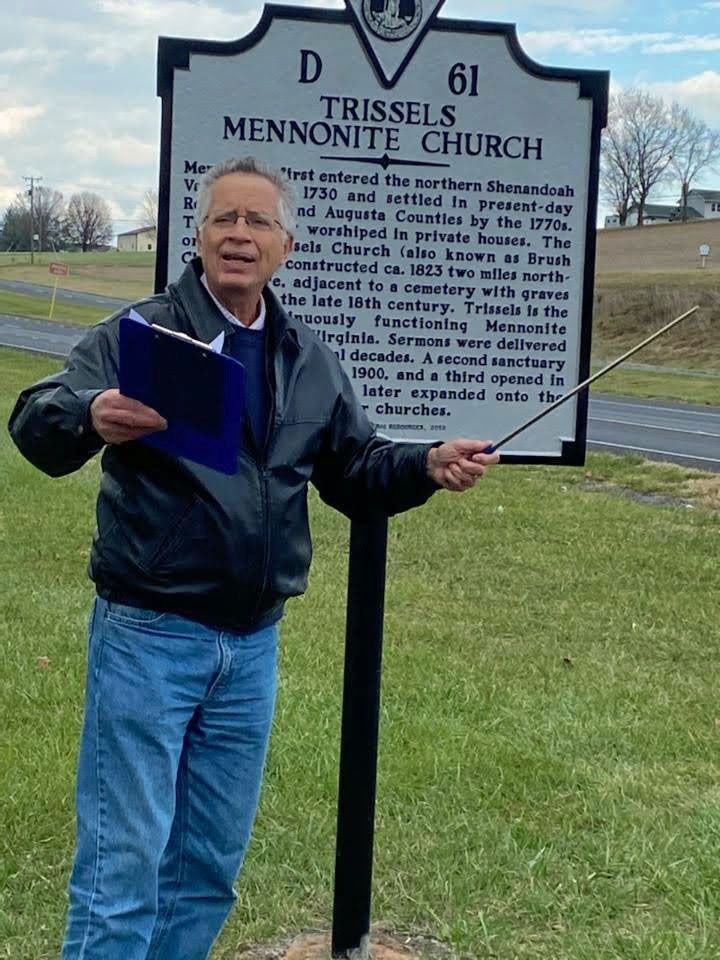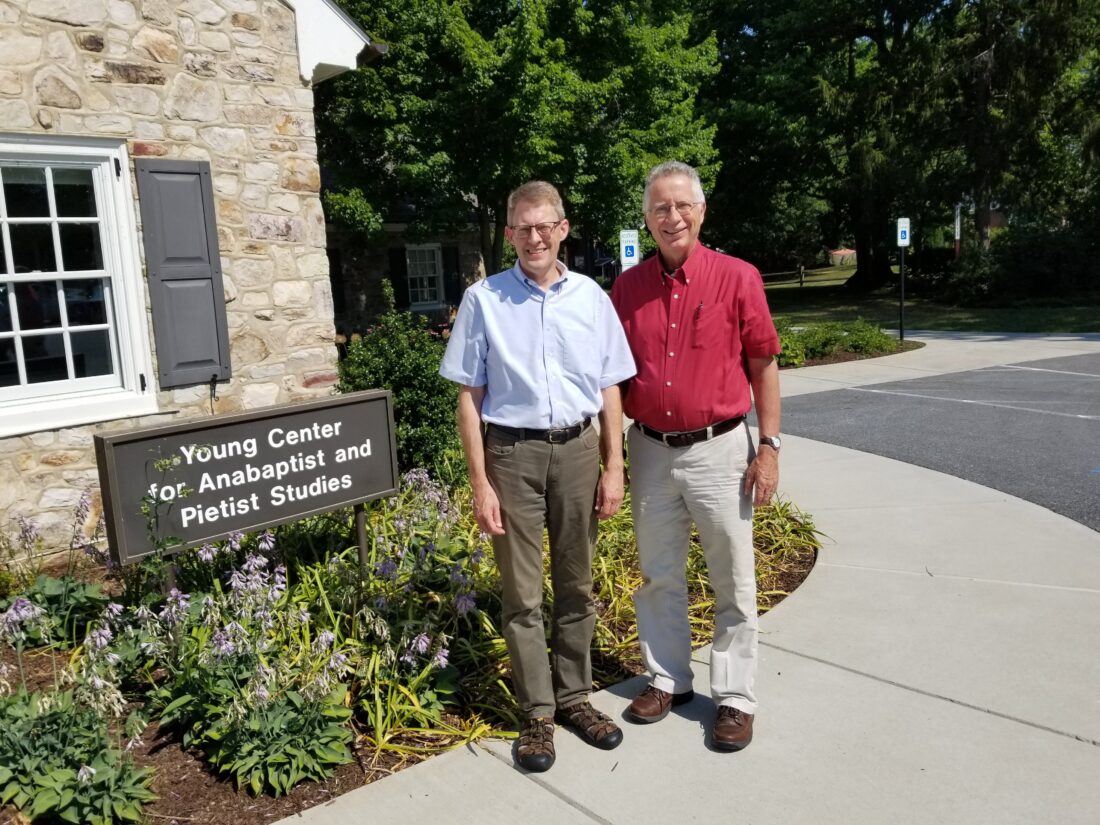Category Archives: Virginia
EMS teacher retires after 33 years – EMU News
After 33 years of teaching history and Bible classes at Eastern Mennonite School, Elwood Yoder is ready to “re-wire” — not retire — for a new chapter of history making.
Rewiring
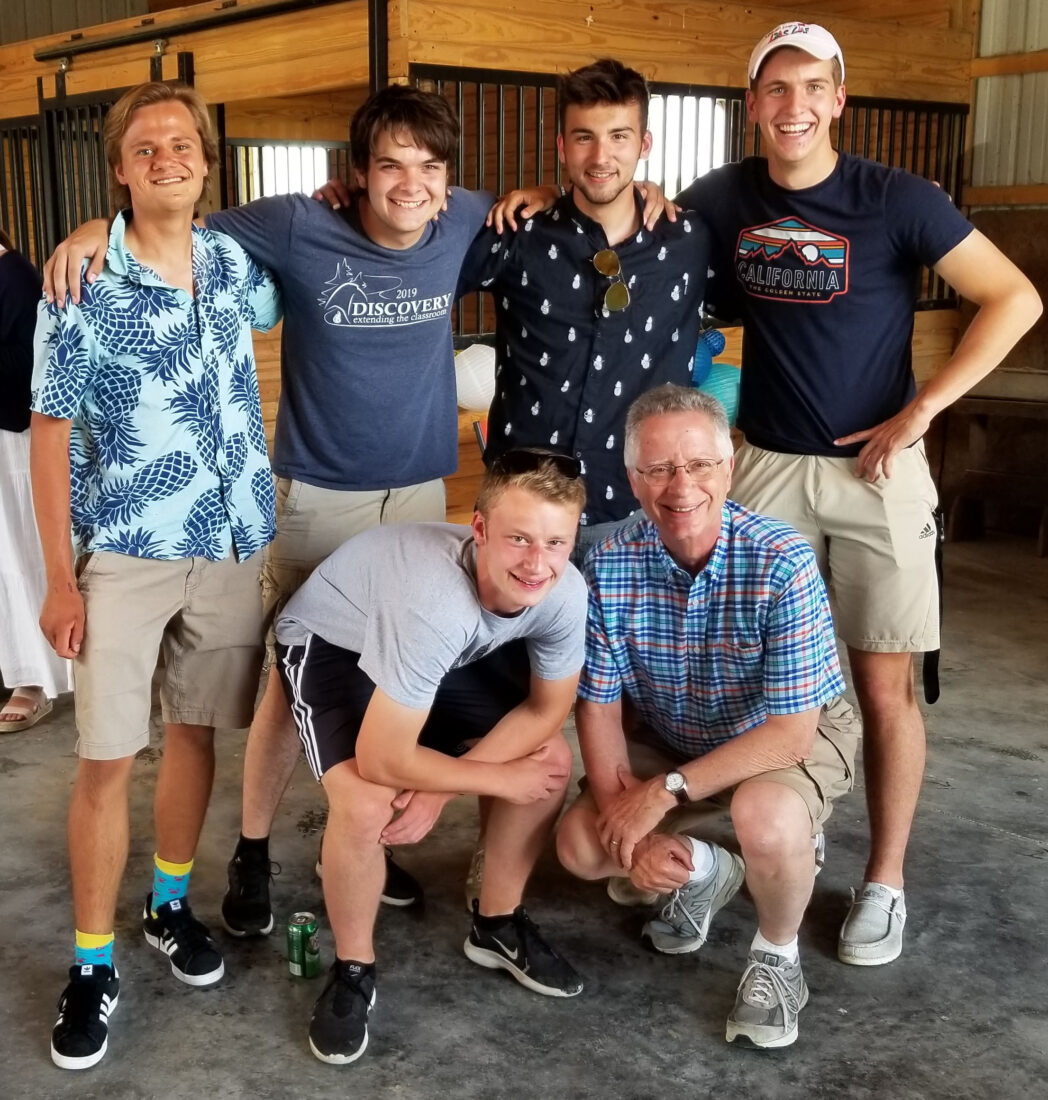
Eastern Mennonite School posted an article about my retirement from teaching. Here’s a link to that article. The photo is from one of the many senior graduation parties I attended at the end of the 2020-21 school year.
My Story
Little North Mountain

Lincoln’s Legacy
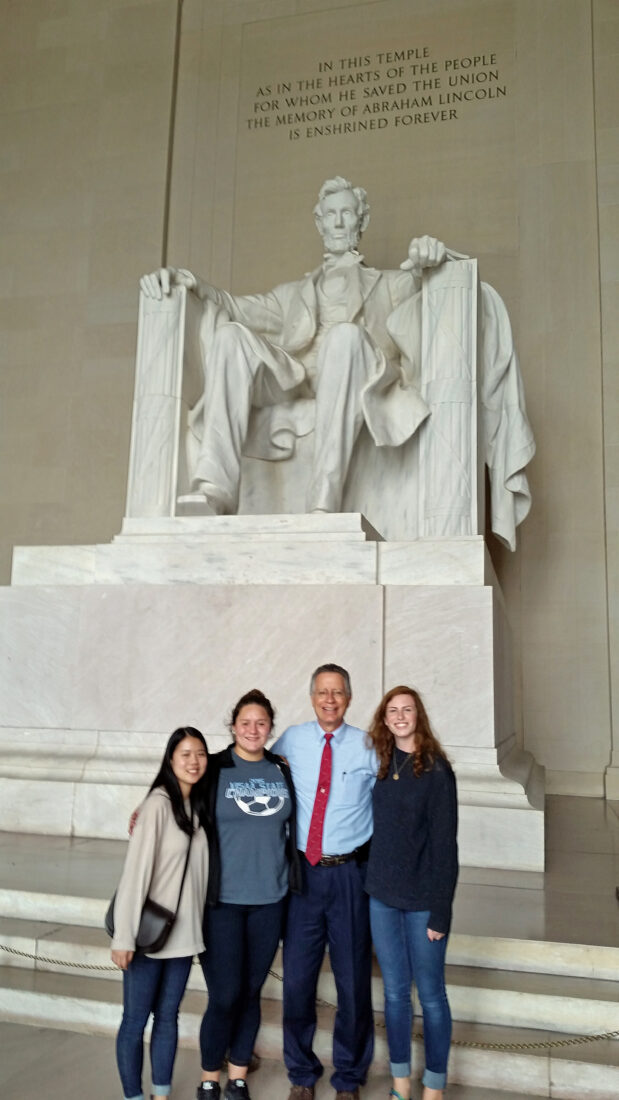
Just over four years ago, I served as one of the Eastern Mennonite High School faculty sponsors on a trip with over forty of our seniors to Washington, D.C. For three days in October 2016, students and teachers toured the capital. A highlight of the trip was visiting the Lincoln Memorial, seen here with my students. I like this photo because the future belongs to them. Lincoln called for and wrote about unity in the country, and he wrote that a country divided against itself cannot long stand. While Lincoln had his faults, he nevertheless continues to inspire me to work toward unity in this country.
Lessons I’ve learned from baseball
Lucy F. Simms
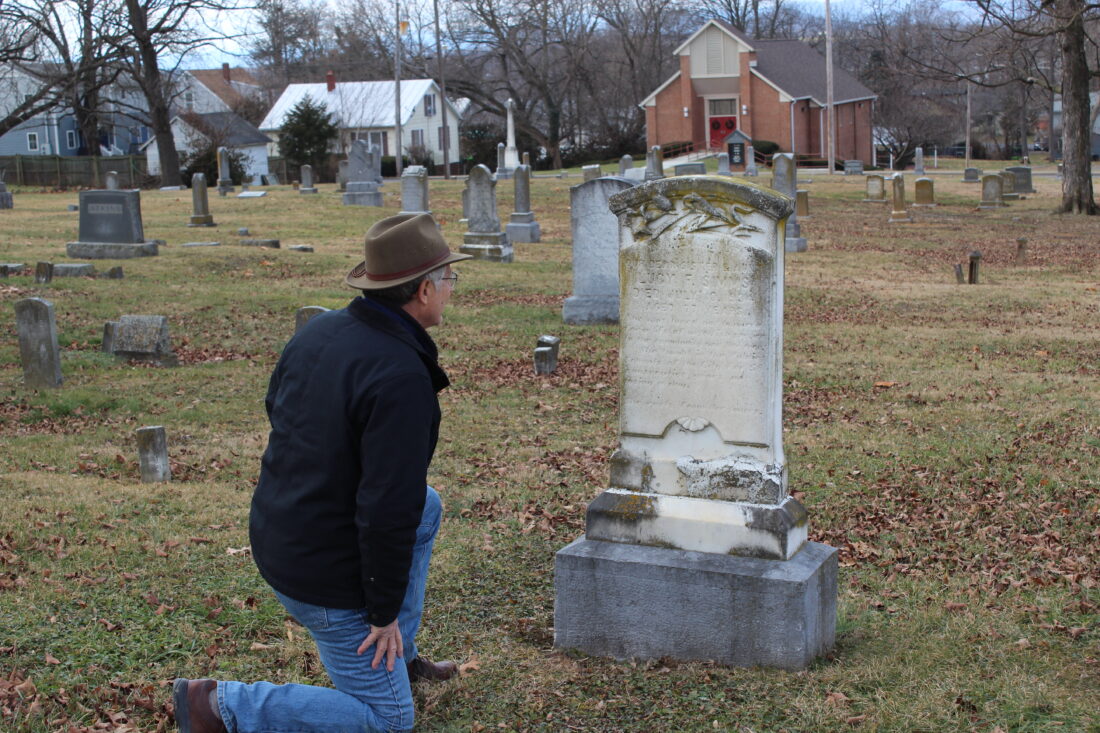
A Sacrifice of Praise Album
Working During a Pandemic
I try to light a candle in the darkness whenever I can, even in my work. Perhaps especially in my work. The apostle Peter wrote that we’ve been called out of darkness into God’s wonderful light (1 Peter 2:9). So what’s my work, and what’s this light?
My day job is teaching high school students world history and the Bible. Today, I’ll meet 19 bright and eager juniors in AP World History Modern. It’s the most academic driven course I teach, with a national College Board curriculum. In that world history curriculum, I tell stories of saints, missionaries, and those who spoke for the downtrodden and oppressed. Today I’ll tell the story of Bartolome de Las Casas, a 16th-century Dominican friar who worked in the Caribbean, challenging the Spanish government to stop the brutal enslavement of indigenous peoples and slaves.
My work is also to collaborate and work with the faculty at my high school. These are my friends, my cohorts, and colleagues. They encourage me, give me insights, and help me to laugh at kids and life. Recently I was invited to share a Christmas devotional with the entire K-12 faculty and staff at EMS.
This fall, I worked to help bring a little light to a food pantry near Washington, D.C. Capital Christian Fellowship needed more food boxes, and so the National Honor Society students and sponsors, of which I am one, engineered a food drive to fill 80 boxes. It was fun to see them loaded on a pickup truck and driven to the church.
Another element of my ongoing work is to produce a quarterly journal, Shenandoah Mennonite Historian. The next issue features the Show Towel of a young Mennonite bride from Rockingham County, Va., who made a beautiful work of art for her groom to be. The date on the Show Towel is 1826.
My work, flowing out of the apostle Peter’s writing, is to declare the praises of God, who called me out of darkness into his marvelous light.
